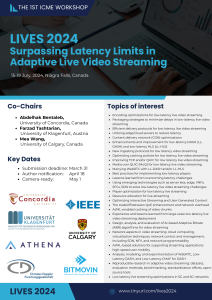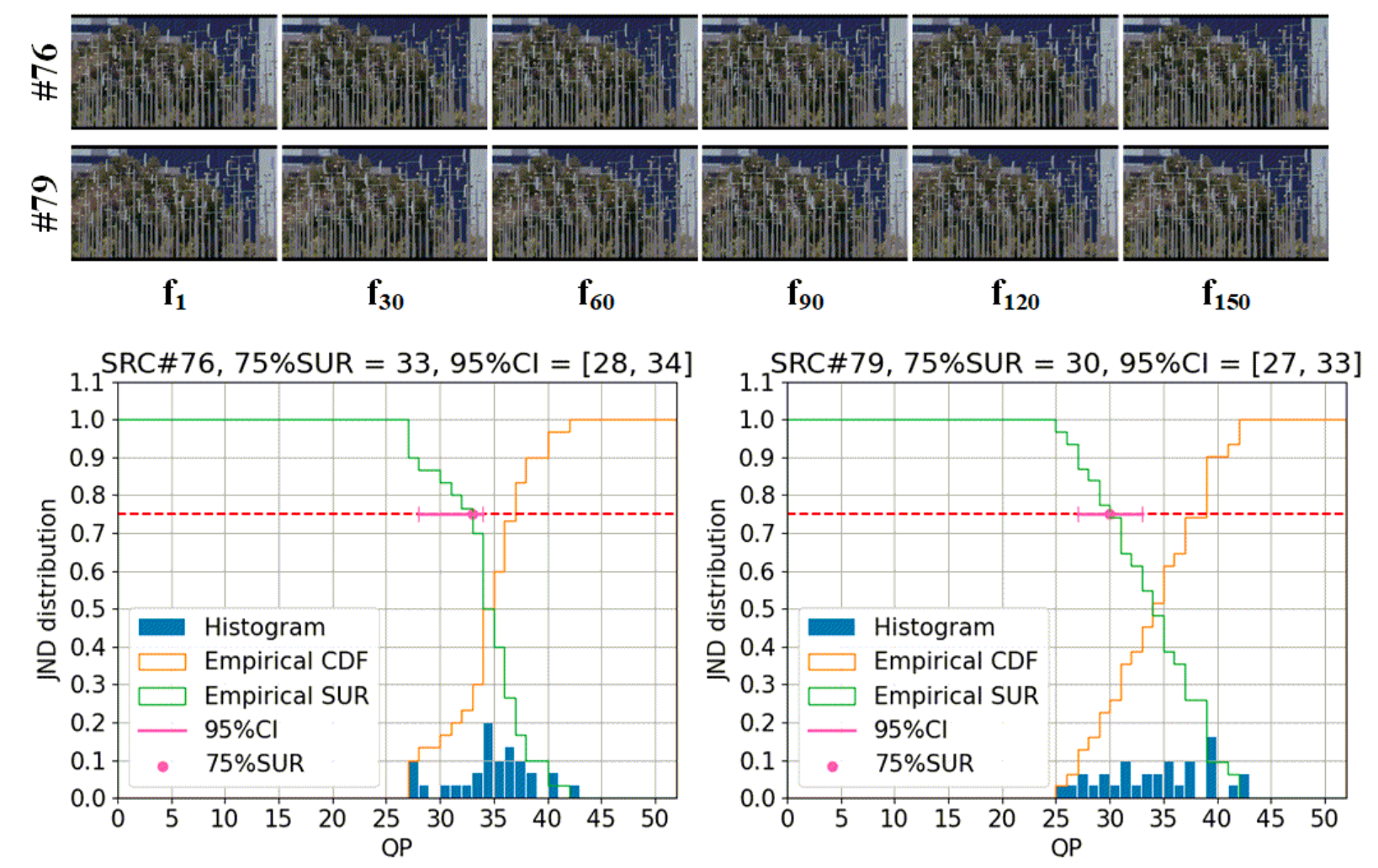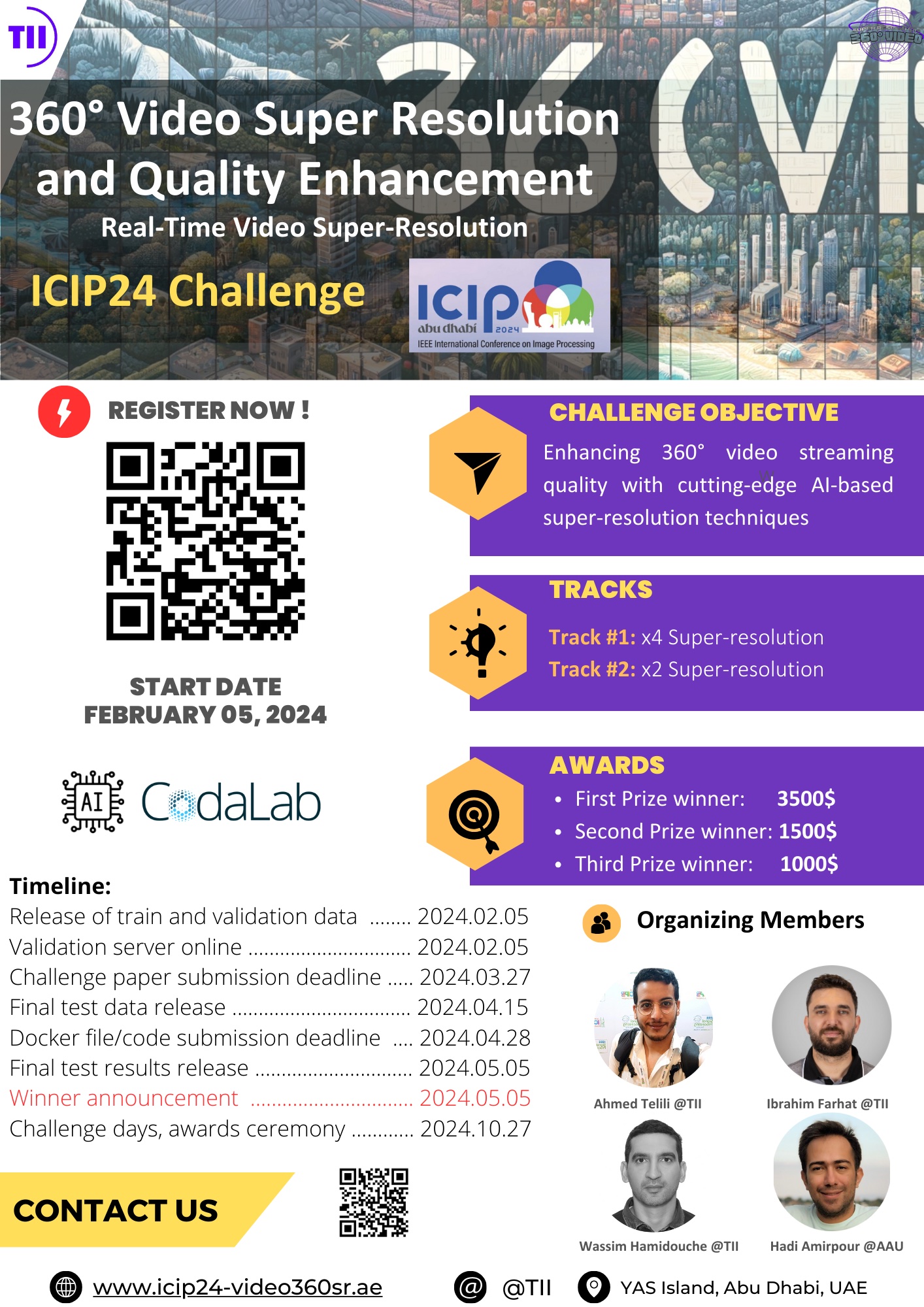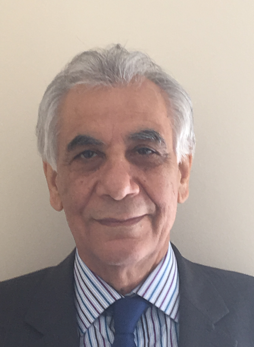EUSIPCO 2024
32nd European Signal Processing Conference
Special Session: Frugality for Video Streaming
https://eusipcolyon.sciencesconf.org/

It’s time to take action against the threat of climate change by making significant changes to our global greenhouse gas (GHG) emissions. That includes rethinking how we consume energy for digital technologies, and video in particular. Indeed, video streaming technology alone is responsible for over half of digital technology’s global impact. With the rise of digital and remote work becoming more common, there’s been a rapid increase in video data volume, processing, and streaming. Unfortunately, this also means an increase in energy consumption and GHG emissions.
The goal of this special session is to gather the most recent research works dealing with the objective of reducing the impact of video streaming. It includes contributions to reducing the energy cost of generating, compressing, storing, transmitting, and displaying video data. The special session also aims to include works that target global video volume reduction (even by questioning our video usage). Finally, this special session is also dedicated to works that propose reliable models for estimating the video streaming energy cost.
Program — WE1.SC4: Frugality for Video Streaming [URL]
Wed, 28 Aug, 10:30 – 12:30 France Time (UTC +2), Location: Saint Clair 4, Session Type: Lecture, Track: Special Sessions
- WE1.SC4.1: OVERFITTED IMAGE CODING AT REDUCED COMPLEXITY
Théophile Blard, Théo Ladune, Pierrick Philippe, Gordon Clare, Orange, France; Xiaoran Jiang, Olivier Déforges, INSA, France
- WE1.SC4.2: DESIGN SPACE EXPLORATION AT FRAME-LEVEL FOR JOINT DECODING ENERGY AND QUALITY OPTIMIZATION IN VVC
Teresa Stürzenhofäcker, Matthias Kränzler, Christian Herglotz, André Kaup, Friedrich-Alexander-Universität Erlangen-Nürnberg, Germany
- WE1.SC4.3: SVT-AV1 ENCODING BITRATE ESTIMATION USING MOTION SEARCH INFORMATION
Lena Eichermüller, Friedrich-Alexander-Universität Erlangen-Nürnberg, Germany; Gaurang Chaudhari, Ioannis Katsavounidis, Zhijun Lei, Hassene Tmar, Meta, United States; Christian Herglotz, André Kaup, Friedrich-Alexander-Universität Erlangen-Nürnberg, Germany
- WE1.SC4.4: DECODING COMPLEXITY-AWARE BITRATE-LADDER ESTIMATION FOR ADAPTIVE VVC STREAMING
Zoha Azimi, University of Klagenfurt, Austria; Amritha Premkumar, RPTU Kaiserslautern, Germany; Reza Farahani, University of Klagenfurt, Austria; Vignesh V Menon, Fraunhofer HHI, Germany; Christian Timmerer, Radu Prodan, University of Klagenfurt, Austria
- WE1.SC4.5: PICTURES DECODING TIME ESTIMATION FOR LOW-POWER VVC SOFTWARE DECODING
Pierre-Loup CABARAT, Daniel MÉNARD, Oussama Hammani, Hafssa Boujida, University of Rennes, INSA Rennes, CNRS, IETR – UMR 6164, France
- WE1.SC4.6: SUSTAINABLE VIDEO STREAMING USING ACCEPTABILITY AND ANNOYANCE PARADIGM
Ali Ak, Nantes Université, France; Abhishek Gera, Hassene Tmar, Denise Noyes, Ioannis Katsavounidis, Meta, United States; Patrick Le Callet, Nantes Université, France
Submission guidelines can be found here and the actual paper submission is here.
Important dates:
- Full paper submission Mar.
310, 2024
- Paper acceptance notification May 22, 2024
- Camera-ready paper deadline Jun. 1, 2024
- 3-Minute Thesis contest Jun. 15, 2024
Organizers:
- Thomas Maugey, Senior Researcher at Inria, Rennes, France
- Cagri Ozcinar, MSK AI, UK
- Christian Timmerer, Alpen-Adria-Universität, Klagenfurt, Austria



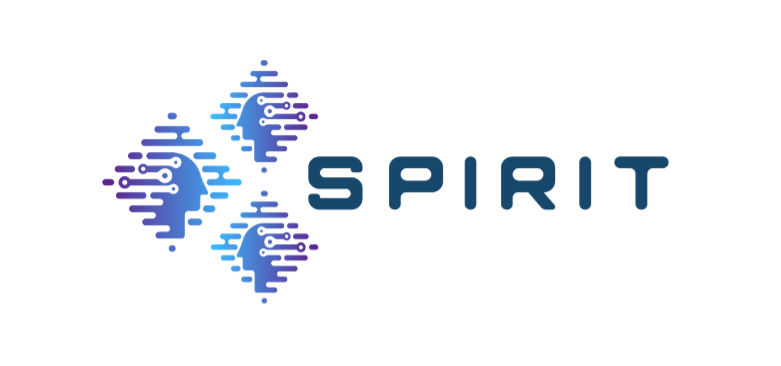




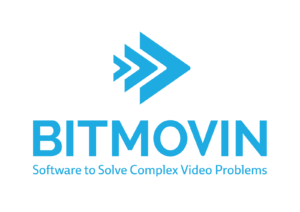

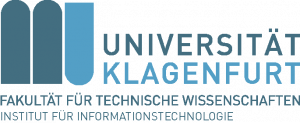
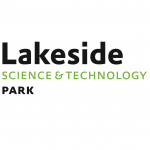
 Multimedia Communication
Multimedia Communication ITEC Homepage
ITEC Homepage
